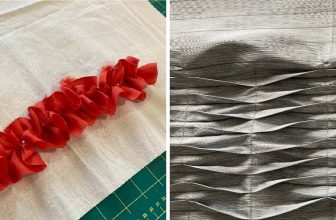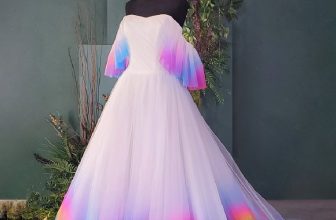How to Recycle Fabric Scraps
Do you have fabric scraps lying around your home, just waiting to be reused? Are you looking for a way to make extra money while being good to the planet? The good news is that you don’t have to let them go to waste! With a bit of creativity and ingenuity, those scrap materials can be recycled into unique projects or used in upcycling techniques.
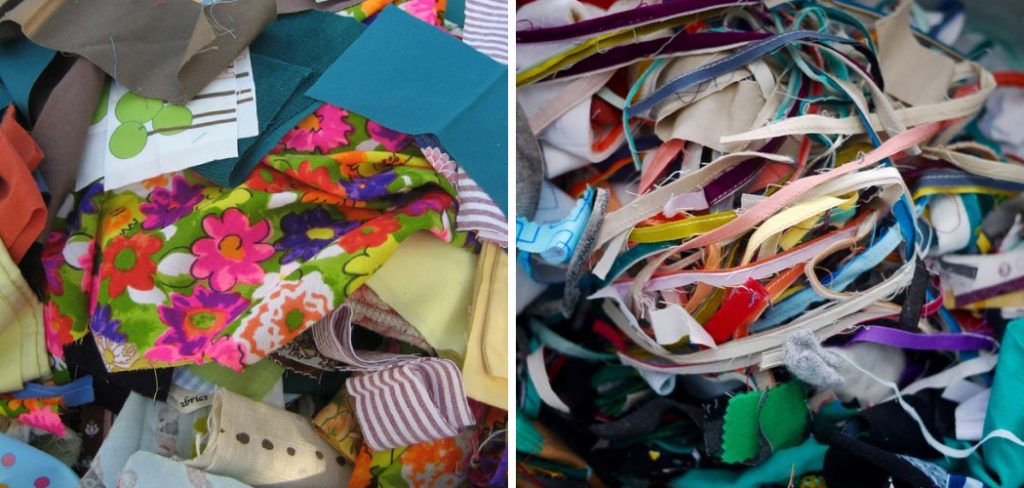
In this blog post, we’ll provide some simple and easy tips on how to recycle fabric scraps and unleash your inner crafting genius. So if you’re ready to get started, read on for our top ideas on turning leftover fabrics into creative works of art! Keep reading to learn more about how easy it can be to turn something old into something new with these helpful tips and tricks for recycling fabric scraps!
Why Recycling Fabric Scraps?
1. Reduce Waste
The most obvious benefit of recycling fabric scraps is that it’s an excellent way to reduce waste. This means less stuff going into landfills and a cleaner environment for everyone. Plus, you don’t have to spend money on buying new materials when you can make something from what you already have!
2. Get Creative
Recycling fabric scraps is also an excellent way to get your creative juices flowing. Instead of having a pile of leftovers taking up space in your home, you can put them to good use and make something unique and special. Whether it’s a patchwork quilt or an old shirt transformed into something new, the possibilities are endless!
3. Make Extra Money
Recycling fabric scraps can also be a great way to make some extra money. You can sell your creations online or at local craft fairs and markets! All you need is a bit of time, dedication, and creativity – the rest will come naturally!
Required Items
Before you get started, there are a few items that you’ll need to have on hand. These include:
- Measuring tape or ruler
- Scissors
- Sewing machine
- Fabric scraps in various colors and sizes (these can be found at thrift stores or fabric shops)
- Needles/thread
- Sewing pins
- Pattern paper or newspaper for tracing patterns
- Iron and ironing board
Once you’ve gathered all of the necessary supplies, you’re ready to get started!
10 Steps on How to Recycle Fabric Scraps
Step 1: Size and Type
Sort out your fabric scraps according to size and type. This will make it easier for you to find the right materials for each project. Also, you can group together similar materials and create a color palette. This will help you plan out the look of your project in advance.
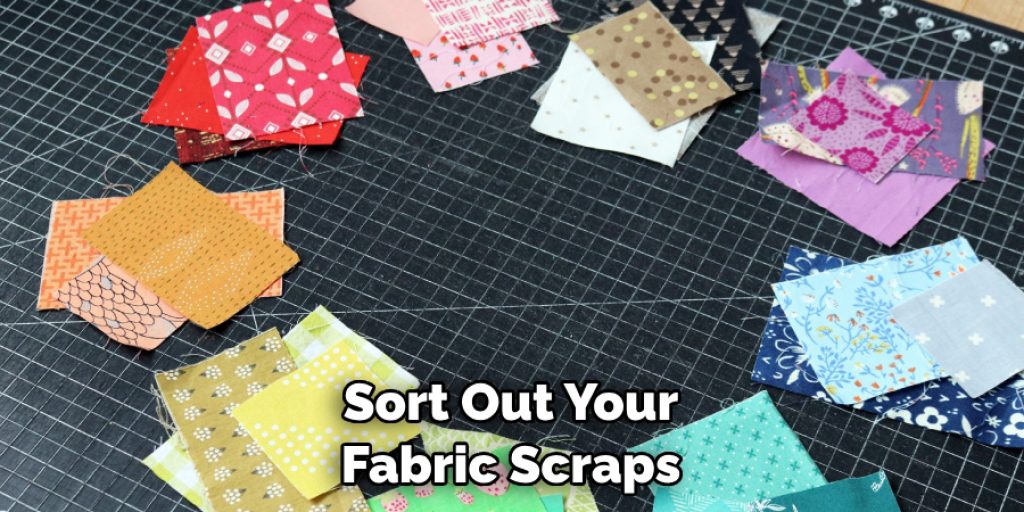
Step 2: Get Inspired
Now it’s time to get inspired! Look around online for some creative ideas on how to recycle fabric scraps. From blankets and pillows to clothing and accessories, there are tons of projects to choose from. You can also find some great patterns and tutorials online if you’re feeling a bit stuck.
Step 3: Plan Ahead
Once you have an idea in mind, it’s time to plan it out. Make sure that you measure your fabric scraps accurately to make sure everything fits together properly. Also, keep in mind the type of fabric you’ll be using. Some fabrics require different needle sizes or sewing techniques, so it’s important to plan ahead.
Step 4: Trace and Cut
Now that you have everything measured and planned out, it’s time to trace your patterns onto the fabric scraps. Depending on how intricate the pattern is, you may need to use a special pen or marker designed for fabrics. Once you’ve traced out the pattern, it’s time to cut it out! Make sure that you’re using sharp scissors that are good quality – this will help ensure accuracy and precision.
Step 5: Ironing
Once all of your pieces are cut out, it’s time to iron them. This will help make sure that all of the edges are straight and smooth before you begin sewing. If needed, use a needle threader to make sure that all of the threads are even and secure.
Step 6: Sewing
Using a sewing machine, stitch together all of the pieces of fabric according to your pattern. Depending on the type of fabric you’re using, you may need to adjust the sewing machine settings accordingly. To make sure that everything looks neat and professional, use a seam ripper to fix any mistakes or misalignments.
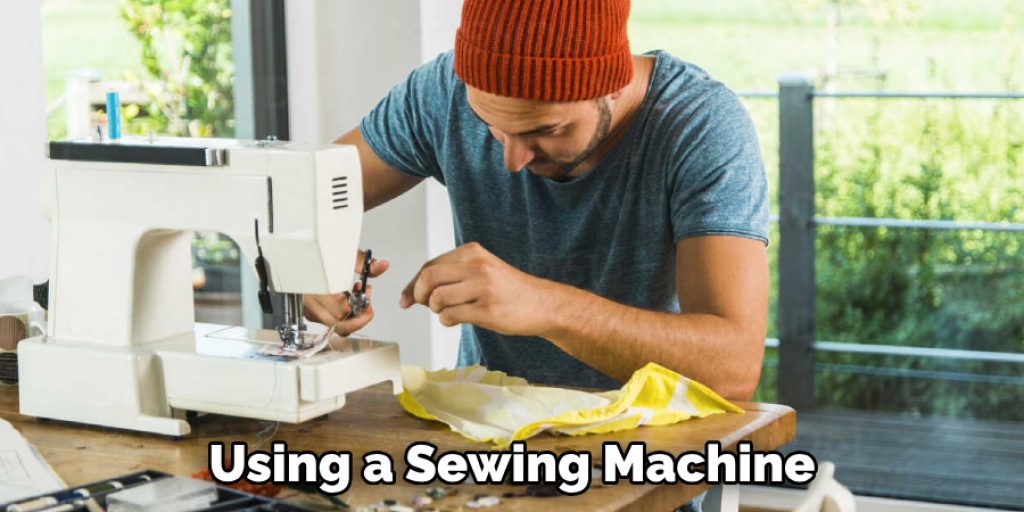
Step 7: Assemble and Attach
Now, it’s time to assemble and attach all of the pieces together. Make sure to follow your pattern closely – this will help ensure that everything looks perfect in the end. If needed, use pins or clips to hold everything together while you work.
Step 8: Check for Quality
Once all of the pieces are assembled, it’s time to check for quality. Turn the project inside out and make sure that all of the seams are secure and even. If there are any loose threads or gaps, use a needle and thread to fix them before moving on.
Step 9: Finishing Touches
Now it’s time for the finishing touches! This is where you can really show off your creative flair and make the project unique. Add some details such as buttons, ribbons, or trims for an extra special touch. Once you’re happy with the end result, it’s time to take a step back and admire your work!
Step 10: Enjoy
Now that all of the hard work is done, it’s time to enjoy your creation! Whether you’re making a quilt or a bag, the joy and satisfaction of being able to create something unique and special from recycled fabric scraps is priceless.
By following these simple steps, you can transform leftover fabric scraps into beautiful and useful creations that will be sure to impress. So if you’re looking for a fun and eco-friendly way to get creative, why not give recycling fabric scraps a try? You won’t regret it!
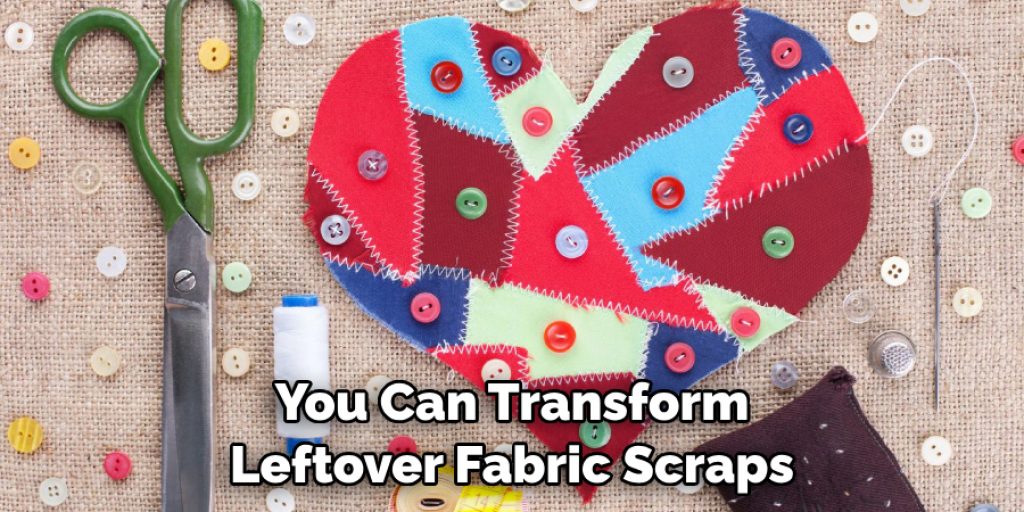
8 Common Mistakes to Avoid
When trying to recycle fabric scraps, there are a number of common mistakes people can make, and it’s important to be aware of what they are. Here’s a summary of 8 key mistakes to avoid:
- Not considering the primary use of the fabric. It’s vital to consider the main purpose when planning your project before you even begin.
- Not taking the time to pre-treat the fabric properly if it is intended for use in finished goods. Pre-treating, such as washing or shrinking, will have a huge impact on how your project turns out, so always take that into account first.
- Buying too much material. If you’re buying for a specific project, only purchase the amount you need, and don’t get caught in bulk purchasing.
- Not separating fabric scraps by type. Separating your fabrics can save time and money as well as help ensure that colors blend correctly for pattern-making or quilting projects.
- Not using every bit of scrap material available. With creativity and careful planning, you can often make use of the smallest scraps in some way.
- Not considering what type of recycling method to use. Some methods, such as reusing fabric scraps or upcycling, may be more suited for certain projects than others, such as composting or recycling them into new fibers.
- Not accounting for the type of material when deciding to recycle. Synthetic fabrics, natural fibers, and blends all have different recycling needs and methods of disposal.
- Not understanding the environmental impact of incorrect recycling (or non-recycling). Be conscious about how your choices can affect the environment and be sure you’re doing your part in reducing waste.
By being aware of these common mistakes and taking the time to find the right recycling method for your fabric scraps, you can be confident that you’re doing good for both yourself and the environment.
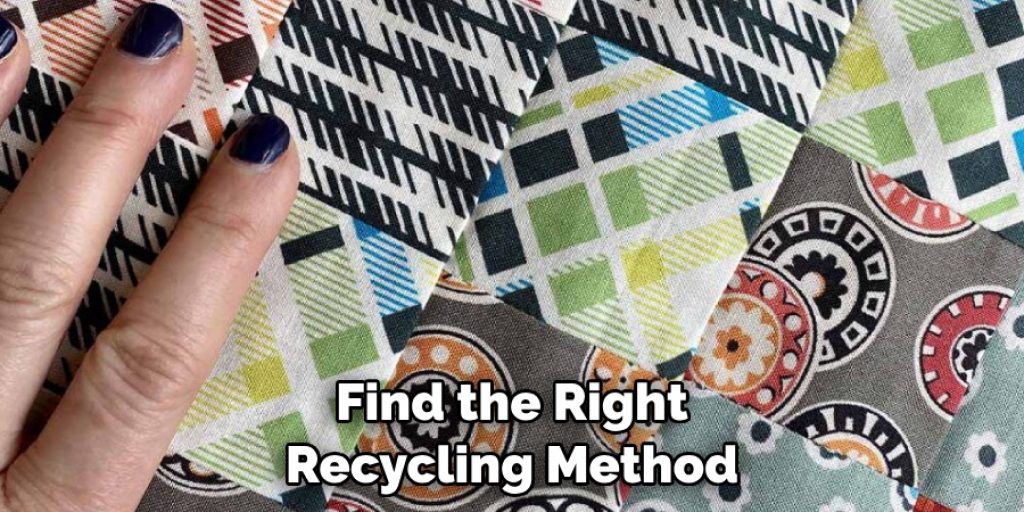
Conclusion
Reusing and repurposing old fabric scraps is one of the best steps we can take towards providing a more sustainable future. Overall, fabric scraps can be recycled in a number of easy and creative ways. Whether you’re patching up socks or making clothes for your child’s stuffed animal, this is a great way to put those small fabric remnants to good use.
Additionally, as people become more aware of the beneficial aspects of creating something from upcycled materials, they are being increasingly appreciated by the public.
It is noble to take material that would otherwise go into landfills and turn it into something with a purpose. So the next time you come across scrap fabric in your craft room, don’t just throw it out; choose one of these projects for how to recycle fabric scraps instead! By doing so, not only are you helping the environment, but you may also discover something about yourself in the process. Get creative and join the movement towards sustainability now!

